Books are like an SLPs Swiss Army knife. So much possibility and versatility in a such a small package. Yes, you can do more with books that ask WH questions. What’s not to love?! Well, the price for one. Books can be expensive! Sure it may be only $9, $10, $12, but that all adds up. So what books does an SLP really need to have in their library so that you can be equipped without going bankrupt?

This post contains Amazon Affiliate links
Pre-K Books:
You may not work with Pre-K, but I find the simplicity of these books can be great for introducing topics to various grade levels. Most of these books have minimal text and great pictures, making them ideal for introducing new concepts to students who are not strong readers and may rely more on pictures and visuals for content. They aren’t all babyish either ya know. Some are more abstract in their illustration, making them more versatile and appropriate for kids who say, no longer need an afternoon nap 😉
Book Suggestions:
- Chubby Chubby Kitty Fluff
- Press Here
- Mix It Up https://smile.amazon.com/Mix-Up-Herve-Tullet/dp/1452137358/ref=sr_1_1?s=books&ie=UTF8&qid=1519662282&sr=1-1&keywords=mix+it+up+book
Therapy Ideas:
Describing: describe some of the pictures, characters, or item from the pages.
Past Tense: discuss how the actions in the pictures change from page to page. Ask, “What did they do on the last page?”
Artic: Find words or pictures in the book that contain their speech sounds.
Categorizing: Sort items/pictures from the stories into groups or ask what groups they could be in.
Following directions: Give students 1, 2, 3 step directions to draw pictures using characters or settings from the book. Take is a step farther and incorporate basic concept words into the tasks. You can make a photo copy of pages before hand and have students draw on those if you are targeting basic concepts.
Vocabulary: Use the theme of the book to target event specific vocabulary.
Seasonal Books
First up, have at least one book for each season, or one book that touches on all the seasons, in your library. There are specific terms and language used for each season, and since the seasons will always come around, incorporating them into therapy can be not only practical, but easy. Here are some great books you can use to target seasons:
Book Suggestions:
Spring:
Winter:
Summer:
Fall:
All Seasons:
Therapy Ideas
Describing: the weather, certain animals you may see at that time of year, plants, etc.
Past Tense: discuss how things changed from season to season to target past tense.
Artic: Find words in the book or that are associated with the season that contain the targeted speech sound
Categorizing: Sort items into groups by what season they belong to. You can them go another step by creating sub-categories from there
Following directions: Give students 1, 2, 3 step directions to draw seasoned themed pictures. Take is a step farther and incorporate basic concept words into the tasks.
Vocabulary: Work on seasonal vocabulary, as well as, antonyms and synonyms for those words. You can use vocabulary from the book to start.
Holiday Books
Try and have at least one book for each major holiday. Now, here you may know some great book series that have stories for the holidays, and that is great, but you may want to consider individual books rather than a series. The main point is variety. New writers, new illustrators, new characters. Seeing the same characters over and over can make engaging kids in a story tough over time. Having a mix of writers and characters, even if it is for different holidays, can be helpful and be great exposure to different styles.
Book Suggestions:
- Halloween: “Halloweiner”
- Thanksgiving: “Turk and Runt”
- Christmas: “How to Catch an Elf”
- Hanukkah: “The Hanukkah Hop”
- New Years: “Night Before New Years”
- Valentine’s Day: “Happy Valentine’s Day Mouse”
- St. Patrick’s Day: “Fiona’s Luck”
- Easter: “The Story of the Easter Bunny”
Therapy Ideas:
Describing: The characters or elements related to the holiday.
Past Tense: discuss actions that were done in the story.
Artic: Find pictures in the book that contain their speech sound. Think of holiday words that contain those speech sounds.
Categorizing: Sort items into groups by holiday or use at the holiday i.e., decorations, gifts, seasonal clothes aka ugly Christmas sweater 😉
Following directions:Give students 1, 2, 3 step directions to draw pictures using characters or settings from the book. Take is a step farther and incorporate basic concept words into the tasks. You can make a photo copy of pages before hand and have students draw on those if you are targeting basic concepts.
Vocabulary: Use the holiday of the book to target event specific vocabulary.
Picture Books
We have all heard the saying, ” A picture is worth a thousand words “. I think they underestimated. Picture books can be one of your best tools. They are so flexible! Since there is no text, your students can guide the story, and the best part is it can be different each time depending on how you guide them. I also really like these for work on pragmatics since students need to infer, well, pretty much everything.
Therapy Ideas:
Describing: Talk about the settings and characters.
Past Tense: discuss how things changed from scene to use using past tense verbs.
Artic: Find pictures in the book that contain their speech sound. Make it a game, who can find the most?
Categorizing: Sort items into groups or ask what group items could be in.
Following directions:Give students 1, 2, 3 step directions to draw pictures using characters or settings from the book. Take is a step farther and incorporate basic concept words into the tasks. You can make a photo copy of pages before hand and have students draw on those if you are targeting basic concepts.
Vocabulary: Use the theme of the book to target event specific vocabulary.
Social Skills Books
The past few years, more and more books targeted at social skills have been popping up and I couldn’t be happier. Yes, you can use another book to target social skills, but let’s face it, it is easier when the book is already written specifically for it. I really like to have these available to address those tough social skills. Kids typically don’t like taking about things they have difficulty with but they are more than happy to point out the characters mistakes and faux pas. Using these books is a great segway to discussing some of the those tender pragmatic issues.
- Anything by Julia Cook: “My Mouth Is A Volcano”
- “The Bad Seed”
- “Lou Knows…”
Therapy Ideas:
Expected vs Unexpected: Talk about the behaviors in the story, which were expected and which were unexpected? Take a tally on the board or post it and see which wins.
Perspective: How could other characters in the book have felt when certain behaviors were shown?
Commenting: What could the characters say to each other after a behavior occurred? What could your students say to the character in the story?
Now, I know I mentioned a lot of books and you’re probably thinking its going to cost a fortune. You can get them over time, there’s no rush, you don’t need them all at once. If you are trying to figure out what you should get first, I suggest a picture book. It has a story, but is still very open ended so you use it meet pretty much all of your therapy goals.
Have a book you love? Comment with it below so we can all add to our libraries. 🙂

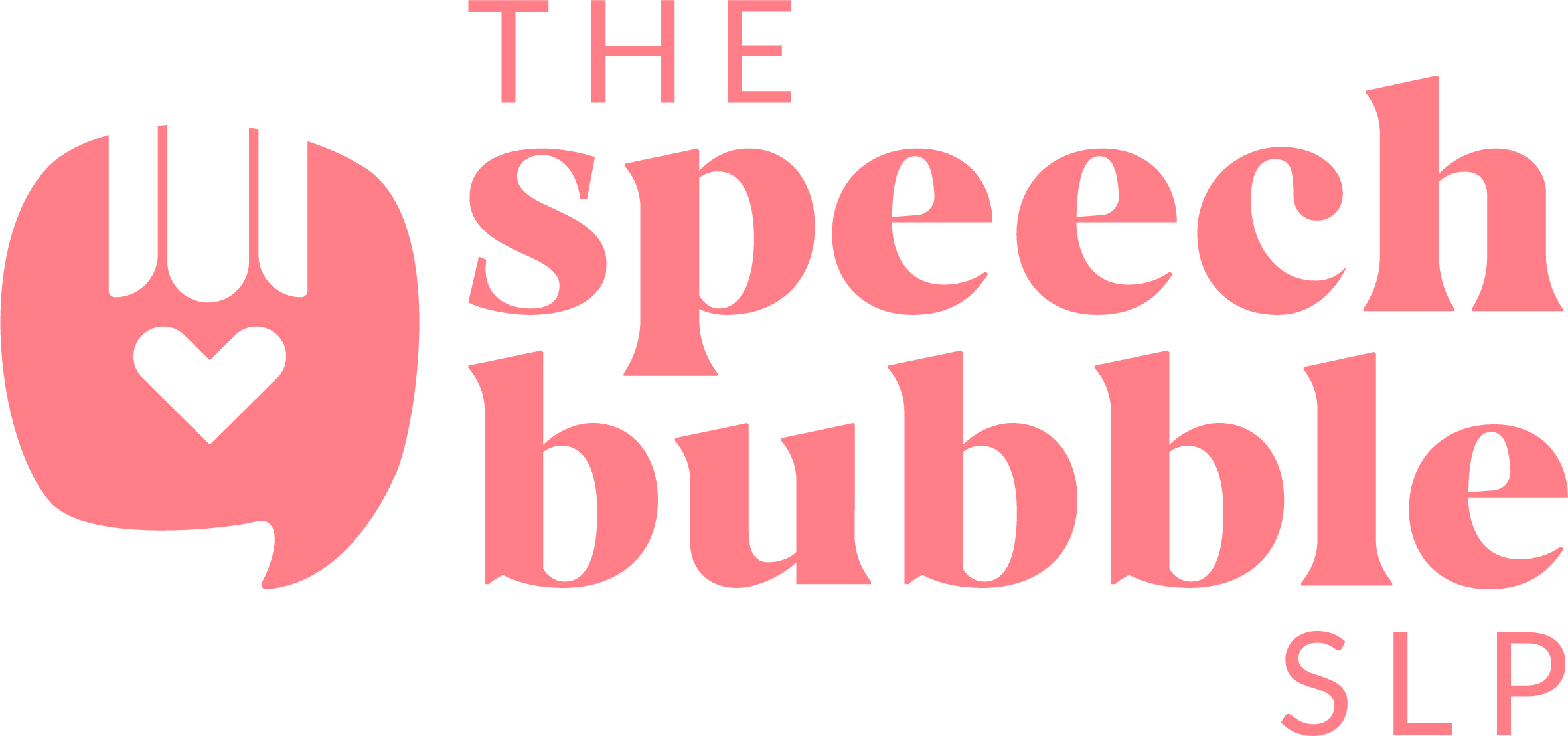
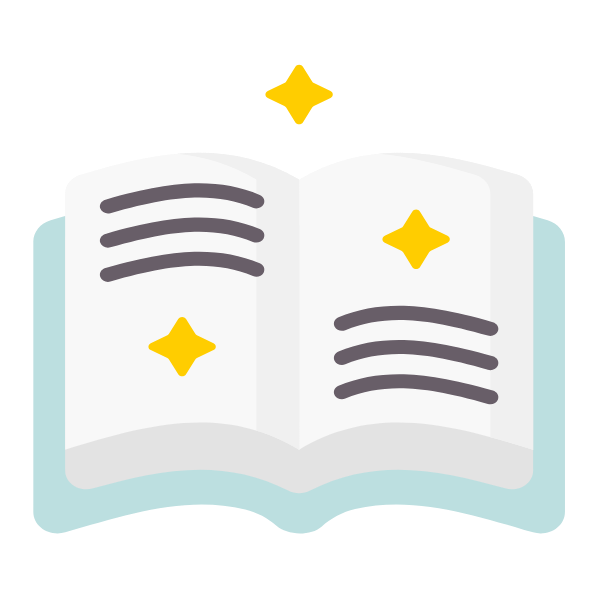

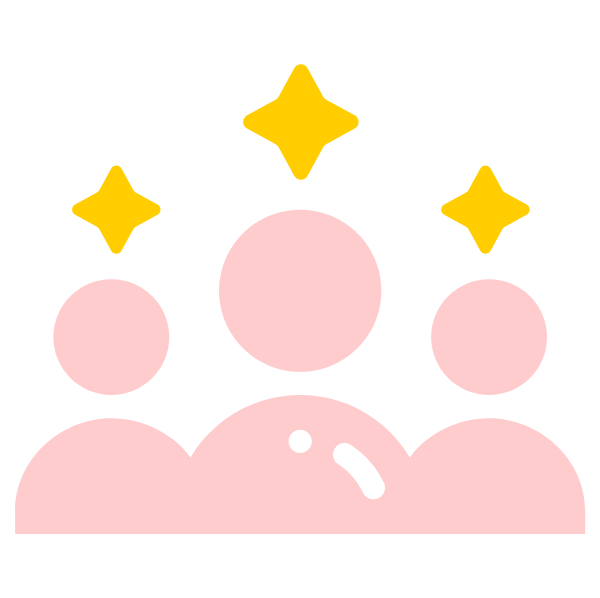
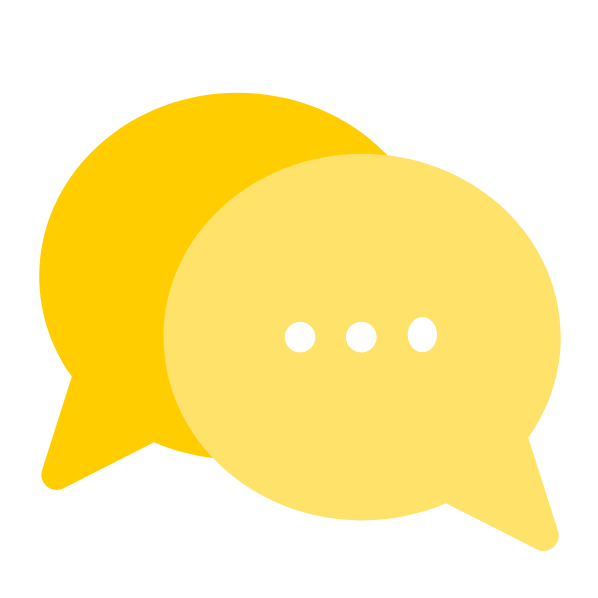

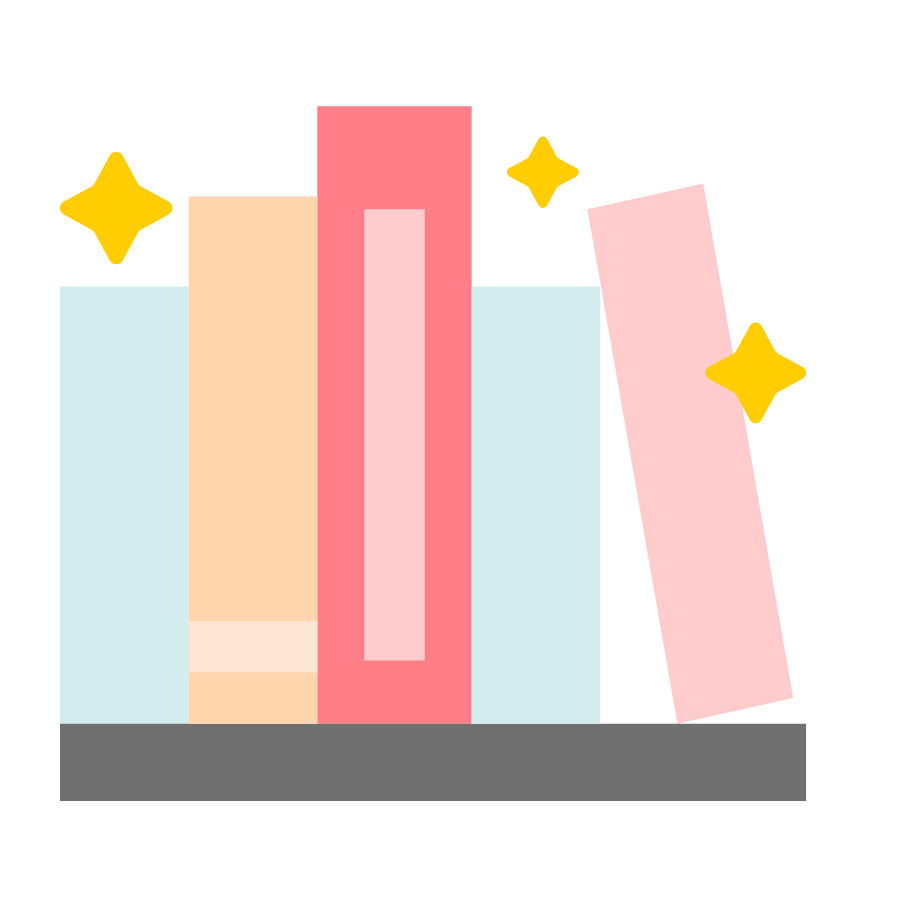

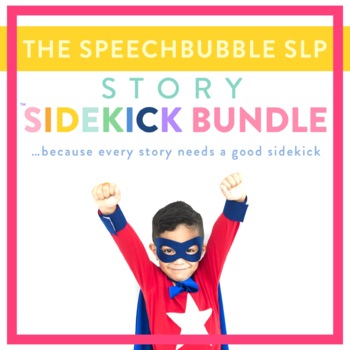






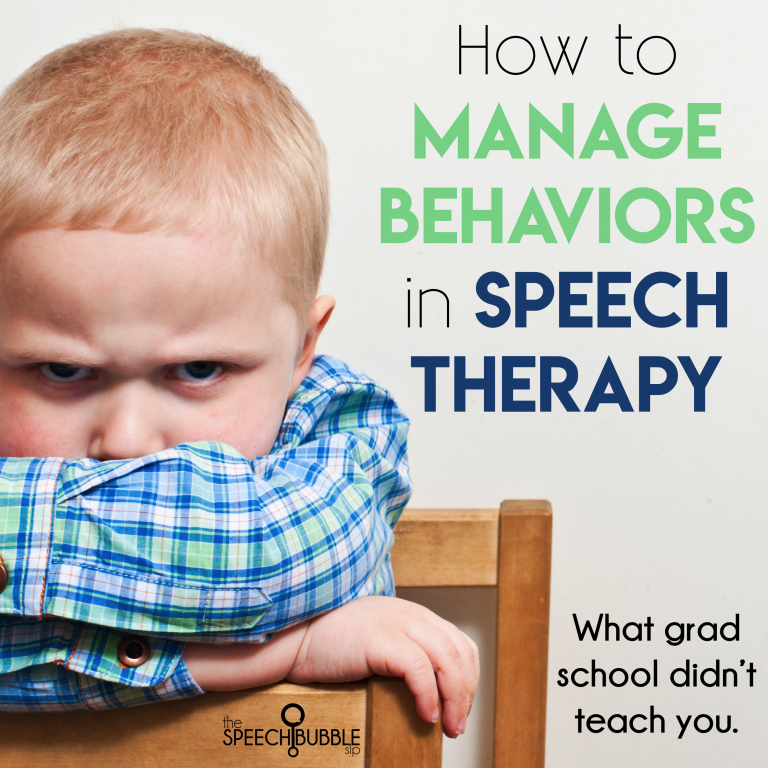


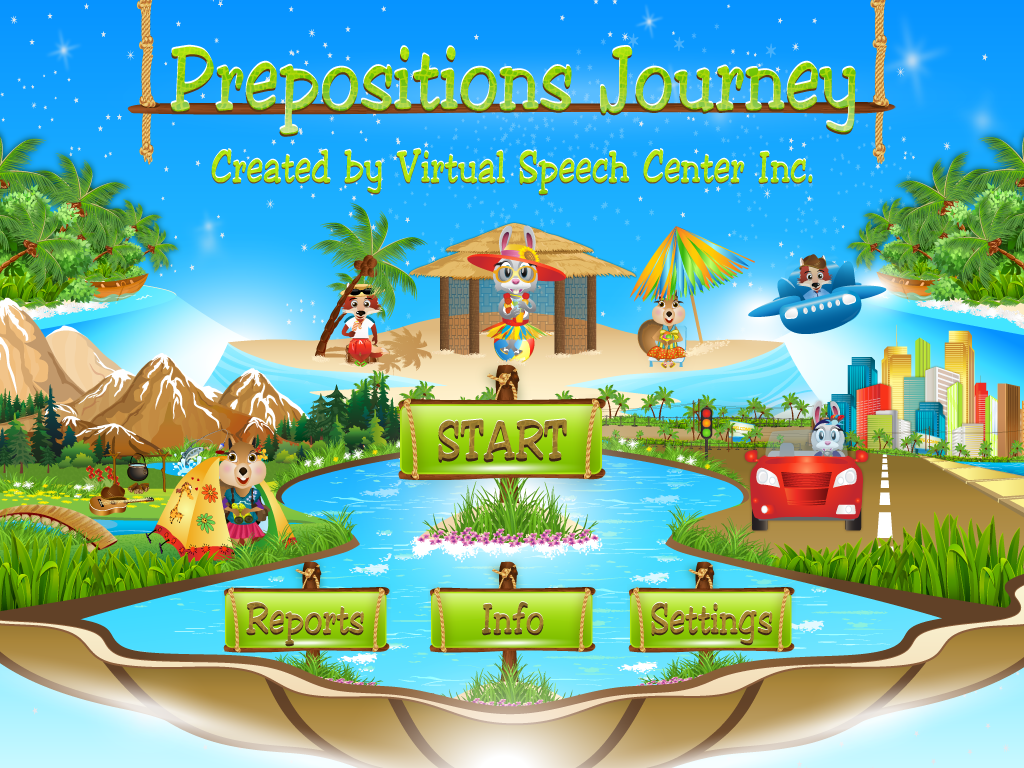

11 Responses
I use the Old Lady who swallowed series a lot. I love Leaf Man (great conversational starter using imagination) and a favorite picture book is Tuesday.
I can’t wait to check out some of your suggestions too!
Happy Thursday!!
Love the old lady books, they have great pattern for kids to follow. 🙂
The loose gingerbread man series has great vocabulary!! Written by Laura Murray.
Hi
Thanks for all your great ideas and wealth o knowledge. I am just checking in you note today you mentioned someone who always gives you great book ideas and to follow her on Instragram. I tried @romonarecommends . Can’t seem to access tha? Do I have that correct? Thanks again for all you give to our lives and profession!
Hi 🙂 Looks like I flipped a letter. Try @ramonarecommends on Instagram 🙂
Felice, I use a wonderful site called ThriftBooks. It has new, slightly used and well lived pictures at SIGNIFICANTLY reduced prices. I buy all the books from there. It’s fabulous. After 10 purchases you get one free
I love reading these books with my speech students. All are great for inferencing and making predictions.
Fox and His Friends
Fox in Trouble
Jamaica Louise Jones
George and Martha books
Pinky and Rex books
Do you have any suggestions for middle school children’s books? Specifically 4th, 5th, and 6th grade? Thanks in advance!
I’m also looking for books for grades 3-5 as using dialogic reading with this age level is a goal of mine. I’m doing pretty good using it with grades K-2.